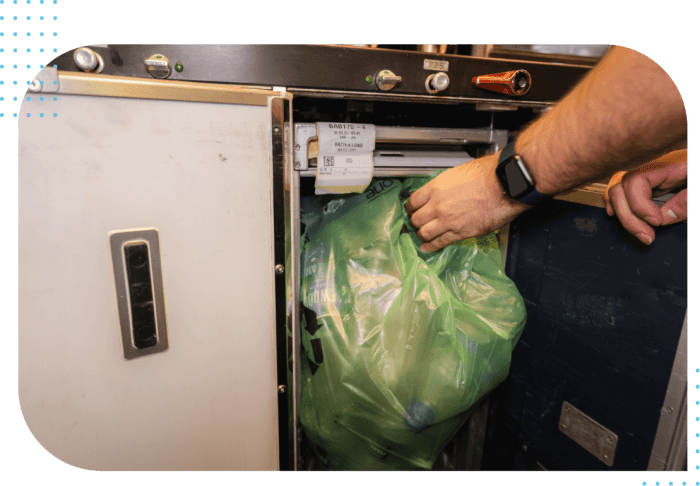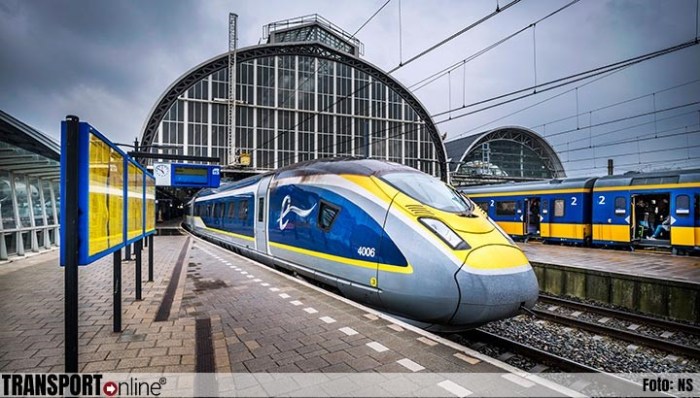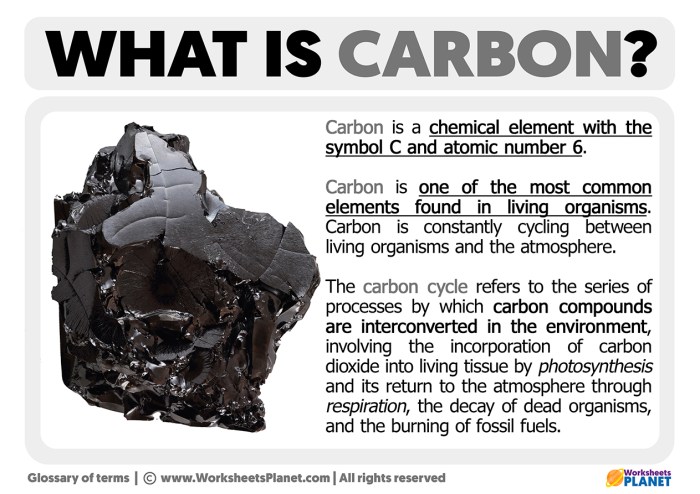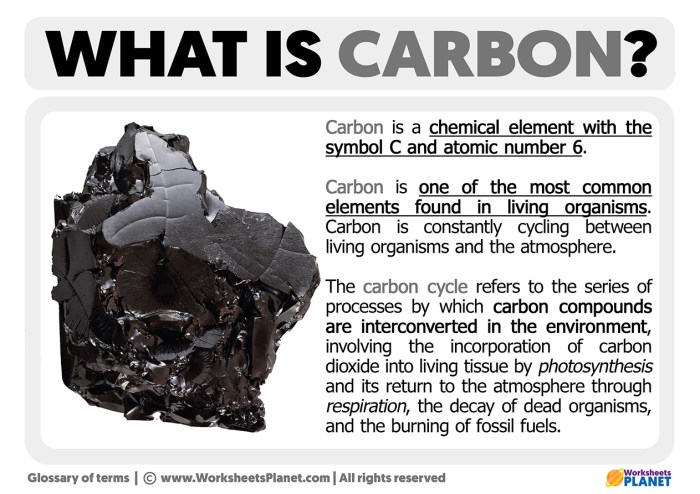How to reduce waste when flying? This guide dives deep into practical strategies for minimizing your environmental footprint during air travel. From packing smart to making sustainable food choices, and even selecting eco-conscious airlines, we’ll explore every step to lessen your impact. Learn how to embrace mindful travel practices and transform your flight experience into a more responsible one.
This comprehensive guide covers everything from packing light with reusable items to choosing eco-friendly food options at the airport and on board. We’ll also discuss responsible waste management both during and after your trip, helping you minimize your environmental impact at every stage.
Packing Strategies for Reduced Waste: How To Reduce Waste When Flying
Packing for a flight doesn’t have to mean packing a mountain of waste. Smart packing strategies can significantly reduce your environmental impact while ensuring you have everything you need for a comfortable trip. By focusing on reusable items and mindful choices, you can minimize checked baggage and single-use products.Clever packing methods not only reduce waste but also make travel smoother and more efficient.
By thoughtfully selecting your clothing and toiletries, you can avoid excess packaging and single-use items, leading to a lighter and more sustainable travel experience.
Packing Light and Efficiently
Careful planning and organization are key to minimizing checked baggage. Packing light not only reduces your carbon footprint but also makes navigating airports and finding your belongings much easier. Prioritize versatile clothing items that can be mixed and matched. Consider packing compression bags to maximize space and reduce the volume of your luggage.
Choosing Sustainable Clothing and Toiletries
Selecting clothing items that can be layered and are versatile in their use will allow you to pack fewer clothes. Avoid excessive packaging by choosing items with minimal or recyclable packaging. When it comes to toiletries, opt for travel-sized containers or reusable containers to eliminate the need for single-use plastic bottles and packaging. Carry a refillable water bottle and travel-sized containers for your liquids to avoid plastic bottles.
Packing Food and Snacks Sustainably
Reduce food waste and the need for single-use packaging by packing your own snacks and meals in reusable containers. Choose reusable bags and containers for your food items. Plan your meals in advance, considering the food options available at your destination, to minimize the amount of food you need to pack.
Reusable Alternatives to Single-Use Items
| Single-Use Item | Reusable Alternative | Environmental Impact (Single-Use) | Environmental Impact (Reusable) |
|---|---|---|---|
| Plastic water bottle | Reusable water bottle | Significant plastic waste, non-biodegradable | Reduced plastic waste, reusable, often made from durable materials |
| Plastic cutlery and plates | Reusable cutlery set and plates | Significant waste, non-biodegradable, difficult to recycle | Reduced waste, reusable, often made from sustainable materials |
| Plastic bags | Reusable shopping bags or fabric bags | Significant waste, non-biodegradable, pollutes the environment | Reduced waste, reusable, durable |
| Single-use plastic food wrap | Reusable beeswax wraps or silicone wraps | Significant waste, non-biodegradable, pollutes the environment | Reduced waste, reusable, biodegradable |
Packing Tips for Reducing Waste on Flights
- Plan your outfits carefully to avoid packing unnecessary items. Consider the weather conditions at your destination and pack accordingly.
- Choose versatile clothing items that can be mixed and matched. This will allow you to pack fewer clothes.
- Pack toiletries in reusable containers to avoid single-use plastic bottles and packaging.
- Pack reusable containers for food and snacks to minimize waste and plastic use.
- Use packing cubes or compression bags to maximize space and reduce the volume of your luggage.
- Bring a reusable water bottle to avoid purchasing single-use plastic bottles.
- Carry reusable shopping bags to avoid purchasing plastic bags at your destination.
- Bring a reusable cutlery set to avoid using single-use plastic cutlery.
Food and Beverage Choices

Flying can be a significant source of waste, and food and beverages play a large role. From the packaging of pre-packaged meals to the disposal of uneaten snacks, minimizing our impact on the environment is crucial. This section focuses on smart choices to reduce food and beverage waste while traveling.Conscious consumption is key to minimizing environmental footprint during air travel.
By understanding the environmental impact of various options, we can make more sustainable decisions. Packing your own meals and snacks is an effective strategy, and choosing eco-conscious dining options can further reduce waste.
Reducing Food Waste While Traveling
Packing your own meals and snacks is a powerful way to cut down on waste. Bringing reusable containers and a cooler can help keep your food fresh and prevent the need for single-use packaging. Consider packing reusable water bottles to avoid plastic water bottles. This reduces the amount of waste generated during the flight and at your destination.
Sustainable Restaurants and Cafes
Many restaurants and cafes are now prioritizing sustainability. Look for establishments that advertise composting programs, reusable plates and utensils, or a focus on locally sourced ingredients. Checking online reviews and restaurant websites can help you find places with sustainable practices. Supporting these initiatives reduces the overall environmental impact of your travel.
Reducing waste when flying can be surprisingly simple. Packing reusable water bottles and snacks is a great start, and choosing eco-friendly toiletries can help minimize plastic. Plus, exploring alternative transportation options like carbon conscious travellers trains for your journeys is a fantastic way to cut down on emissions and lessen your impact. These choices can contribute significantly to reducing waste throughout your entire travel experience.
Eco-Friendly Dining Out Choices
When dining out, opting for dishes with minimal packaging or choosing dishes that use reusable plates and utensils is beneficial. Requesting smaller portions or politely declining extras can help prevent food waste. Asking about the source of ingredients and the restaurant’s waste reduction strategies demonstrates your interest in sustainable practices.
Environmental Impact of Different Food Options
The environmental impact of food varies greatly. Locally sourced, seasonal produce often has a smaller carbon footprint compared to imported or out-of-season foods. Similarly, reducing meat consumption in favor of plant-based options can lessen the environmental burden. Choosing dishes with minimal packaging, or those served in reusable containers, further reduces waste. Understanding the origin and sourcing of food items can help you make more environmentally conscious choices.
Comparison of Typical Flight Food Packaging and Reusable Alternatives
| Typical Flight Food Packaging | Reusable Alternatives | Environmental Impact (Typical) | Environmental Impact (Reusable) |
|---|---|---|---|
| Plastic containers, plastic wrap, Styrofoam | Reusable containers, reusable cutlery, beeswax wraps | High; contributes to plastic pollution and waste | Low; reduces reliance on single-use materials |
| Styrofoam trays | Biodegradable or compostable trays | High; Styrofoam takes centuries to decompose | Medium; biodegradable options offer a better alternative |
| Individual plastic bags for snacks | Reusable snack bags, reusable containers | High; plastic bags are not easily recycled | Low; reusable bags can be used repeatedly |
| Plastic cutlery and plates | Reusable cutlery and plates | High; contributes to plastic waste | Low; minimizes waste through reuse |
“By choosing reusable alternatives, you can significantly reduce your environmental footprint during air travel.”
Reducing Waste at Airports and on Flights
Traveling can often generate significant waste, from the airport to the airplane. By understanding the sources of waste and implementing simple changes, we can drastically reduce our environmental impact. This section focuses on practical strategies for minimizing waste at airports and on flights, empowering travelers to make conscious choices.Minimizing waste during travel requires proactive planning and mindful actions throughout the journey.
From choosing reusable items to understanding proper disposal methods, travelers can contribute to a more sustainable experience for themselves and the environment. This section Artikels effective techniques for reducing waste at every stage of the journey, from packing to in-flight consumption.
Minimizing Waste at Airports
Airport environments can generate substantial waste, often from single-use plastics and disposable items. Bringing your own reusable items is key to reducing this impact.
- Utilize reusable shopping bags and water bottles.
- Pack reusable food containers to avoid single-use packaging.
- Bring a reusable coffee cup or thermos.
- Request reusable cutlery when ordering food or beverages.
These simple steps dramatically lessen waste at airports. For example, a traveler carrying reusable bags and a water bottle can significantly reduce the amount of plastic waste they generate by simply being prepared.
Strategies for Reducing Waste During Flights
In-flight waste is often overlooked. Conscious choices during the flight can make a substantial difference.
- Utilize reusable cutlery and food containers.
- Decline single-use plastic items like plastic utensils, cups, and bags.
- Pack snacks and drinks in reusable containers.
- Request water refills to avoid plastic water bottles.
By actively seeking out alternatives to single-use items, travelers can substantially lessen their environmental impact.
Proper Disposal Methods
Proper disposal is crucial to prevent environmental hazards. Knowing where to put different items is essential.
- Follow the airline’s guidelines for waste disposal.
- Dispose of food scraps and organic waste in designated bins.
- Place recyclable items in designated bins, if available.
- Dispose of hazardous materials in the designated containers, if any are present.
Adhering to these guidelines prevents littering and ensures responsible waste management.
Packing light for a flight helps minimize waste, but sometimes a trip to a beautiful national park is calling! If you’re looking for accessible adventures, checking out the best national parks for persons with disabilities is a great way to enjoy the outdoors without excess packaging. Plus, you can reduce your impact by bringing reusable water bottles and snacks, helping you enjoy your trip and minimize waste.
Recycling and Disposal on Flights
Recycling and disposal procedures vary between airlines. Understanding these procedures can aid in responsible waste management.
- Check for recycling bins on board the aircraft.
- If recycling is not available, dispose of items in the designated waste bins.
- Avoid placing items that may cause blockages or spills in the bins.
- Be mindful of the disposal guidelines of the specific airline.
By understanding and complying with the procedures, travelers can minimize the environmental impact of their in-flight waste.
Waste Reduction Table
| Type of Waste | Source | Reduction Strategy | Impact |
|---|---|---|---|
| Plastic Packaging | Food and beverage items, toiletries | Bring reusable containers, decline single-use packaging | Reduces plastic waste, conserves resources |
| Food Scraps | Meals and snacks | Pack reusable containers, compost food waste where possible | Reduces landfill waste, promotes composting |
| Paper Waste | Ticket stubs, receipts, napkins | Utilize reusable napkins, reduce paper usage | Conserves trees, reduces paper waste |
| Plastic Bottles | Beverages | Request refills, carry reusable water bottles | Reduces plastic pollution, conserves water |
Choosing Sustainable Airlines and Travel Practices
Embarking on a journey with a lighter environmental footprint is achievable. By carefully considering our travel choices, we can contribute to a more sustainable future while still enjoying the freedom of exploration. Sustainable travel options extend beyond simply reducing waste; they encompass conscious decisions at every stage of the journey, from booking the flight to navigating the airport.Making informed decisions about the airlines we choose and the travel methods we employ can significantly impact our carbon footprint.
This involves understanding the environmental impact of different airlines, exploring alternative transportation options, and considering the importance of offsetting carbon emissions. These actions collectively contribute to a more responsible and eco-conscious approach to travel.
Sustainable Airlines
Many airlines are actively working towards reducing their environmental impact. Their efforts encompass a range of strategies, including using more fuel-efficient aircraft, optimizing flight routes, and investing in innovative technologies.
- Several airlines are committed to reducing their carbon footprint. These include, but are not limited to, Norwegian, which has made significant investments in fuel-efficient aircraft. Other carriers, such as Air France-KLM, have established ambitious sustainability goals and are actively working towards achieving them.
Eco-Friendly Travel Options
Opting for shorter flights whenever possible is a straightforward way to reduce your carbon emissions. Consider the distance between your destination and the airport. If a longer flight is unavoidable, explore connecting flights to reduce the total flight time.
Packing light for a flight is key to reducing waste, and that’s especially true when planning a road trip like a California culture road trip. This type of trip often involves bringing lots of souvenirs and snacks, but you can easily minimize this by planning ahead and bringing reusable containers for food and drinks. By being mindful of your packing and choosing reusable options, you can significantly reduce waste, even on a trip as exciting as a California adventure.
- Consider alternative modes of transportation, such as trains or buses, for shorter distances. Trains are often more fuel-efficient than airplanes and can provide scenic routes that enhance the travel experience. Public transport, like buses or trams, can be cost-effective alternatives to individual car travel. Even cycling or walking can be viable options for shorter distances.
Carbon Offset Programs
Offsetting carbon emissions from flights is an important aspect of responsible travel. Offsetting involves investing in projects that reduce or remove greenhouse gases from the atmosphere, thereby compensating for the emissions generated by your flight. Carbon offsetting schemes provide financial support to projects that protect forests, promote renewable energy, or improve energy efficiency in other sectors.
- Many airlines and travel companies partner with carbon offsetting organizations. These partnerships enable travelers to choose to invest in verified carbon reduction projects, thus mitigating the environmental impact of their flights.
Benefits of Sustainable Travel Practices
Choosing sustainable travel practices, such as using public transport or cycling, offers numerous advantages beyond environmental benefits. It can lead to a more enjoyable and enriching travel experience, fostering a deeper connection with the local culture and environment.
- Sustainable travel promotes a healthier lifestyle by encouraging physical activity and reducing reliance on private vehicles. This leads to a reduction in personal exposure to pollutants and enhances overall well-being. It also fosters a sense of community and local engagement by encouraging interactions with local transportation systems.
Supporting Eco-Friendly Airlines
Supporting eco-friendly airlines sends a clear message to the aviation industry that consumers prioritize sustainability. This positive reinforcement motivates airlines to invest further in eco-friendly technologies and practices.
- Choosing airlines that demonstrate a commitment to sustainability and environmental responsibility encourages them to continue improving their operations. By supporting these airlines, you directly contribute to the growth of a more environmentally conscious and responsible aviation sector. These efforts can eventually lead to better fuel efficiency and reduced emissions.
Managing Travel-Related Waste at Home
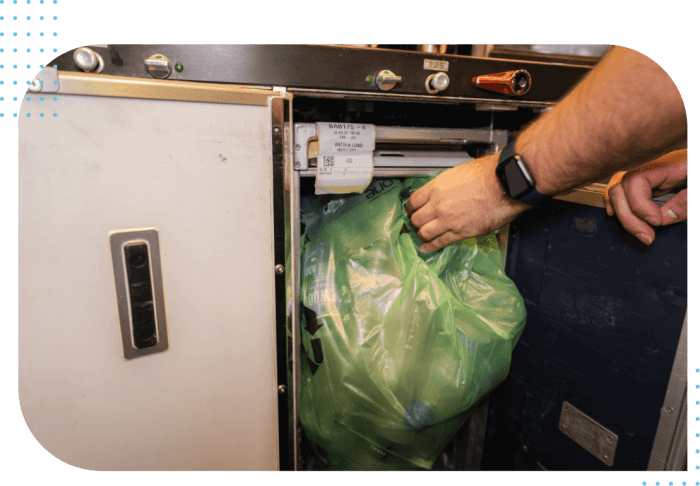
Preparing for a trip often involves accumulating packaging, receipts, and other materials. Minimizing this pre-trip waste stream is crucial. This proactive approach significantly reduces the overall environmental impact of your travels. Returning home, responsible disposal of travel-related waste is essential to prevent unnecessary landfill burden.Effective waste management at home plays a vital role in mitigating the environmental footprint of travel.
A mindful approach to packing, handling travel-related items, and post-trip waste disposal directly impacts the sustainability of your travel experiences. Properly sorting and disposing of materials reduces landfill waste and promotes a circular economy.
Pre-Trip Waste Reduction Strategies
Careful planning and preparation can drastically reduce the amount of waste generated before your trip. Packing light, utilizing reusable containers for toiletries, and opting for eco-friendly travel accessories are key steps. Choosing reusable water bottles, packing snacks in reusable containers, and avoiding single-use plastic items can significantly lower waste.
Post-Trip Waste Management
Returning home, carefully sorting and disposing of travel-related waste is critical. This involves segregating items for recycling, composting, and landfill disposal. Effective sorting prevents contamination of materials intended for recycling or composting.
Composting and Recycling Travel Materials, How to reduce waste when flying
Many travel items can be composted or recycled. Cardboard boxes, paper receipts, and organic food scraps can be composted. Plastic bottles, aluminum cans, and glass containers can be recycled. The proper disposal of these materials prevents environmental pollution and promotes a sustainable lifestyle.
Importance of Proper Waste Management at Home
Proper waste management at home is vital for reducing the environmental impact of travel. A well-organized system for sorting and disposing of travel-related waste minimizes landfill burden and maximizes resource recovery. This approach promotes a circular economy, reducing the consumption of virgin materials and lowering the environmental footprint of your travel habits.
Sorting and Disposal Guide
| Item Category | Description | Recycling/Composting | Disposal Method |
|---|---|---|---|
| Food Packaging (cardboard, paper) | Boxes, containers, wrappers from pre-packaged meals, snacks | Usually recyclable, check local guidelines | Recycle bin |
| Food Scraps (organic) | Leftovers, food waste from meals | Compostable | Compost bin |
| Plastic Packaging | Bags, bottles, containers | Often recyclable, check local guidelines | Recycle bin |
| Electronics/Batteries | E-waste from devices, batteries | Usually not recyclable, require special handling | Designated e-waste collection point |
| Paper/Receipts | Travel documents, receipts | Usually recyclable | Recycle bin |
| Glass | Bottles, jars | Usually recyclable | Recycle bin |
Closing Notes
In conclusion, reducing waste when flying is achievable with conscious choices. By implementing the strategies Artikeld in this guide, you can significantly lessen your environmental impact during air travel. From packing smart to selecting sustainable airlines, every decision counts. Remember, even small changes can make a big difference. Happy travels, and let’s strive towards a more sustainable future, one flight at a time.
